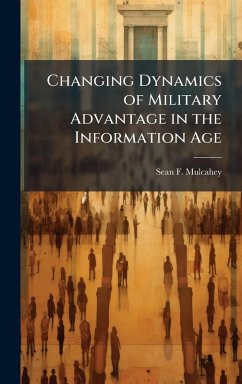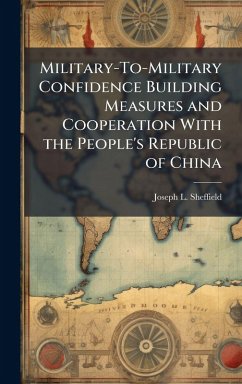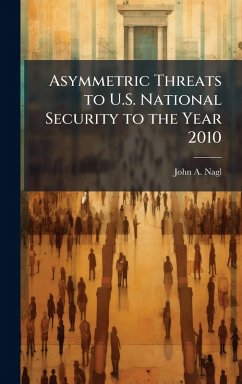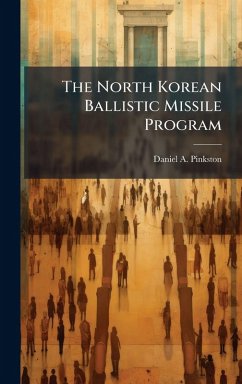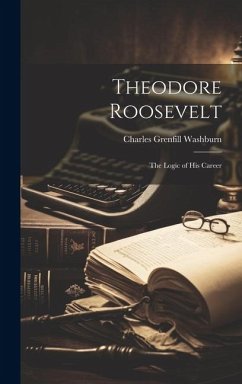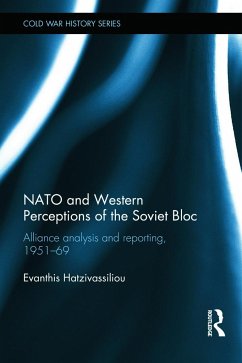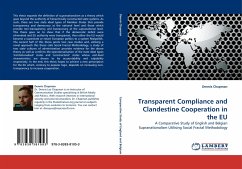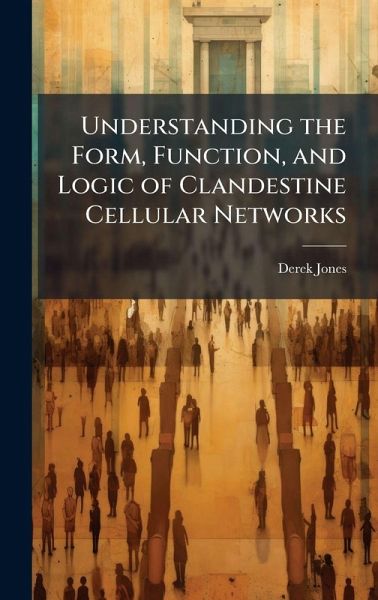
Understanding the Form, Function, and Logic of Clandestine Cellular Networks
Versandkostenfrei!
Versandfertig in über 4 Wochen
28,99 €
inkl. MwSt.
Weitere Ausgaben:

PAYBACK Punkte
14 °P sammeln!
Since the events of September 11, 2001 the United States military counternetwork operations, theory, and doctrine have failed to account for the form, function, and logic of clandestine cellular networks used by both interstate insurgencies, such as those in Iraq and Afghanistan, as well as by global insurgencies, like al Qaeda and its associated movements. The failure to understand the form, function, and logic of clandestine cellular networks has led to the incorrect application of counternetwork theories. Counternetwork operations specifically targeting key leaders, facilitators, individual...
Since the events of September 11, 2001 the United States military counternetwork operations, theory, and doctrine have failed to account for the form, function, and logic of clandestine cellular networks used by both interstate insurgencies, such as those in Iraq and Afghanistan, as well as by global insurgencies, like al Qaeda and its associated movements. The failure to understand the form, function, and logic of clandestine cellular networks has led to the incorrect application of counternetwork theories. Counternetwork operations specifically targeting key leaders, facilitators, individuals with special skills, or highly connected individuals, intuitively seem to be the correct targets for disconnecting clandestine cellular networks. However, there has been little comparative analysis done to verify if these operations are in fact having the overall effect required to disrupt, neutralize, defeat, or ultimately destroy these networks. Understanding the form, function, and logic of clandestine cellular networks reveals that the removal of single individuals, regardless of function, is well within the tolerance of this type of organizational structure and thus has little long-term effect. At the same time, highly connected nodes violate the principles of clandestine operations since they are obviously highly visible when compared to a competent clandestine practitioner that does not want a discernable signature in order to remain hidden from the counterinsurgent. Thus, by focusing on the highly connected individuals as high priority targets, US efforts have effectively "culled the herd" of poor clandestine practitioners. These two examples provide the two most common errors in the current counternetwork theories and operations, and the errors are all due to a lack of a systemic understanding of clandestine cellular networks. This monograph uses a modified process-trace methodology to analyze the form, function, and logic of clandestine cellular networks in order t This work has been selected by scholars as being culturally important, and is part of the knowledge base of civilization as we know it. This work was reproduced from the original artifact, and remains as true to the original work as possible. Therefore, you will see the original copyright references, library stamps (as most of these works have been housed in our most important libraries around the world), and other notations in the work. This work is in the public domain in the United States of America, and possibly other nations. Within the United States, you may freely copy and distribute this work, as no entity (individual or corporate) has a copyright on the body of the work. As a reproduction of a historical artifact, this work may contain missing or blurred pages, poor pictures, errant marks, etc. Scholars believe, and we concur, that this work is important enough to be preserved, reproduced, and made generally available to the public. We appreciate your support of the preservation process, and thank you for being an important part of keeping this knowledge alive and relevant.




